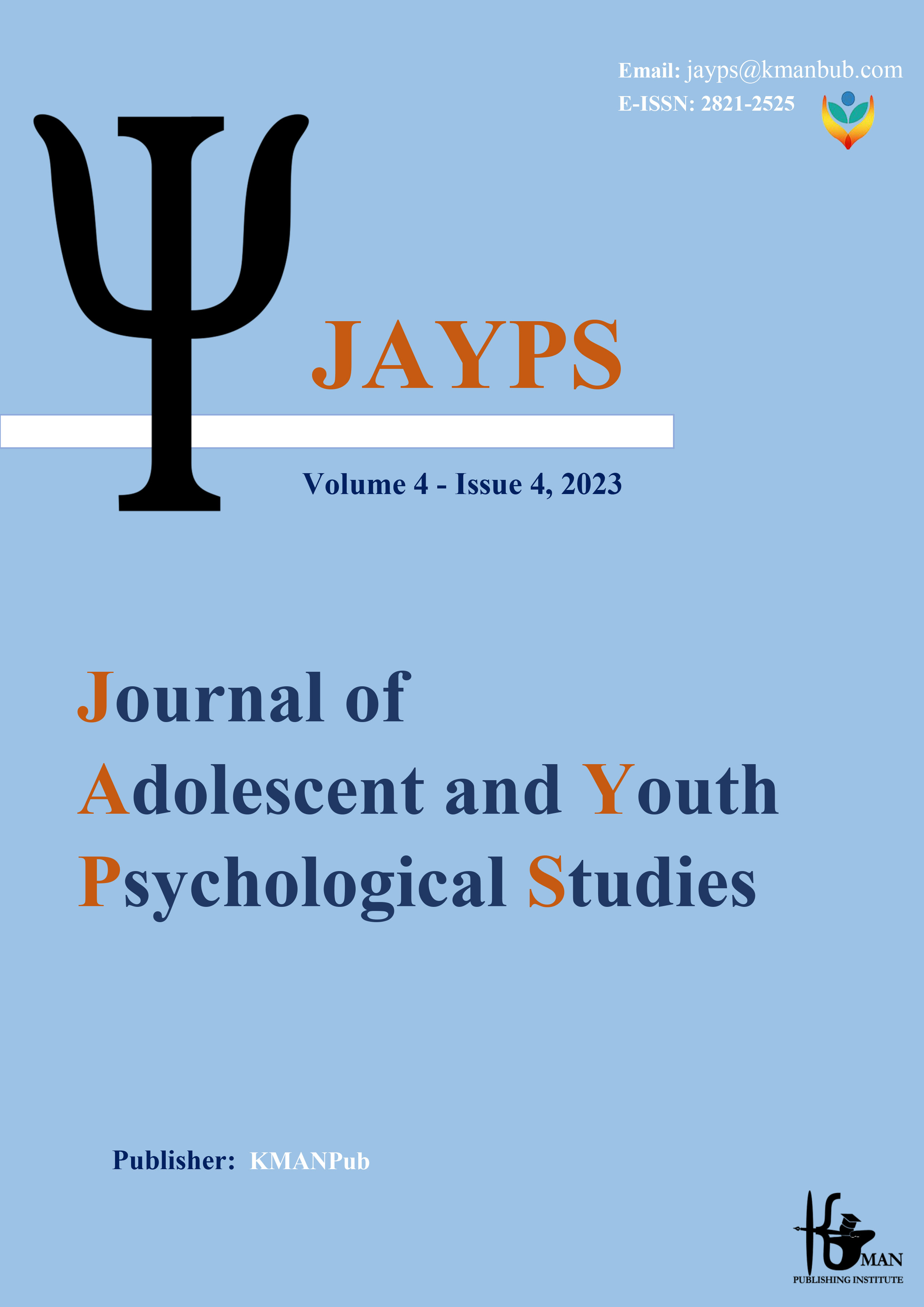Comparing the effectiveness of transactional analysis (TA) and imaginary exposure and response prevention (ERP) training courses on reducing students' academic anxiety
Keywords:
interactional behavior analysis, imaginary exposure and response prevention, academic anxiety.Abstract
Background and Aim: One of the factors that exist as a challenge in school and that students face is anxiety. The present study was conducted with the aim of comparing the effectiveness of two methods of teaching interaction analysis (TA), imaginary exposure and response prevention (ERP) on reducing students' academic anxiety. Methods: The research method was semi-experimental in the form of a pre-test-post-test design and a two-month follow-up with three experimental groups and one control group. The research community was made up of high school students in Tehran. The research sample was 45 students who were diagnosed with academic anxiety after answering the Phillips (1978) academic anxiety questionnaire. Students were randomly replaced in two experimental groups and a control group of 15 people. Each of the experimental groups was exposed to one of the methods of imaginary exposure and response prevention (in five 90-minute sessions) and mutual behavior analysis (in ten 90-minute sessions). Results: The results of data analysis using multivariate covariance analysis showed that according to the adjusted averages of the academic anxiety variable in the three studied groups and the results of the LSD follow-up test, both methods of imaginary exposure and prevention from the response and interaction analysis, it has been effective in reducing students' academic anxiety (F=6.33, P<0.001). Conclusion: It can be concluded that the method of imaginary exposure and response prevention has a greater effect in reducing academic anxiety compared to the interaction analysis method.
Downloads
Downloads
Published
Issue
Section
License

This work is licensed under a Creative Commons Attribution-NonCommercial 4.0 International License.









